Tips For Growing Prairie Phlox In The Garden
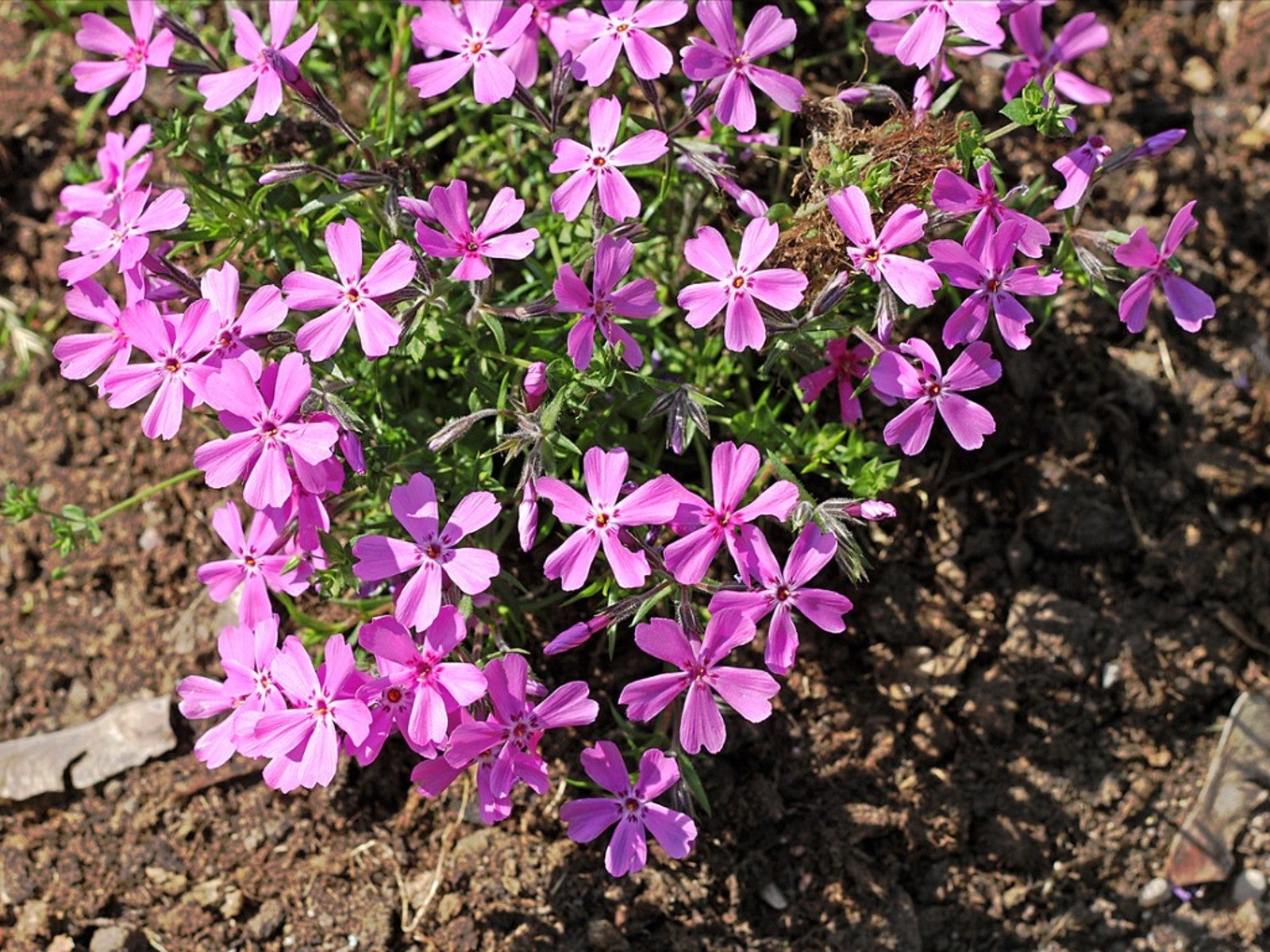

Prairie phlox flowers are delicate pink and purple clusters of blooms that bring cheer to any garden. They also bring butterflies, are native in many areas, and require little maintenance. Try this pretty plant in your native beds, naturalized areas, and dry prairie or meadow.
What Is Prairie Phlox?
Phlox pilosa, also known as prairie phlox or downy phlox, is an herbaceous, flowering perennial native to much of eastern Canada and the U.S. Pilosa refers to the fact that the stems, leaves, and parts of the flowers have fine, white hairs.
Prairie phlox grows in neat clumps up to about 1.5 to 2 feet (45 to 60 cm.) tall and a little less wide. The prairie phlox flowers grow in rounded clusters. The flowers are tubular and pink to purple in color. They have a pleasant fragrance, bloom from May through July, and attract butterflies.
Growing Prairie Phlox
You’ll find prairie phlox growing naturally in meadows, open wooded areas, rocky soils, thickets, glades, and prairies. They prefer full sun and some moisture but tolerate partial shade and some dryness in the soil.
Grow this pretty perennial in a naturalized setting, in a meadow or cottage garden, or in a dry area where it’s a little tough to grow other plants. You’ll get more flowers with full sun, but some shade is fine. Prairie phlox is easy to grow from seed. Once in the ground, it will spread through rhizomes.
Prairie Phlox Care
If you put prairie phlox in the right spot with the right conditions, it won’t need much care. Keep it watered the first year, but then only water in serious drought conditions in subsequent years. Mulch around the base of the plants in summer to keep roots cool. There are no serious diseases for prairie phlox, but when conditions are particularly hot and dry, spider mites can be an issue.
Gardening tips, videos, info and more delivered right to your inbox!
Sign up for the Gardening Know How newsletter today and receive a free copy of our e-book "How to Grow Delicious Tomatoes".

Mary Ellen Ellis has been gardening for over 20 years. With degrees in Chemistry and Biology, Mary Ellen's specialties are flowers, native plants, and herbs.
-
 Grow ‘Karl Rosenfield’ Peony Plants For The Ultimate Frilly Border Beauties And Cut Flowers
Grow ‘Karl Rosenfield’ Peony Plants For The Ultimate Frilly Border Beauties And Cut FlowersFor frilly double magenta peony petals infused with a heady fragrance, grow ‘Karl Rosenfield’ peony plants. Here’s how to cultivate the ultimate plushy blooms
By Tonya Barnett
-
 10 Common Composting Problems That Can Spoil Your Garden Gold – Plus Easy Fixes
10 Common Composting Problems That Can Spoil Your Garden Gold – Plus Easy FixesLearn how to troubleshoot common composting issues before they ruin your stash – from bad smells and bugs to materials not breaking down as they should.
By Susan Albert
-
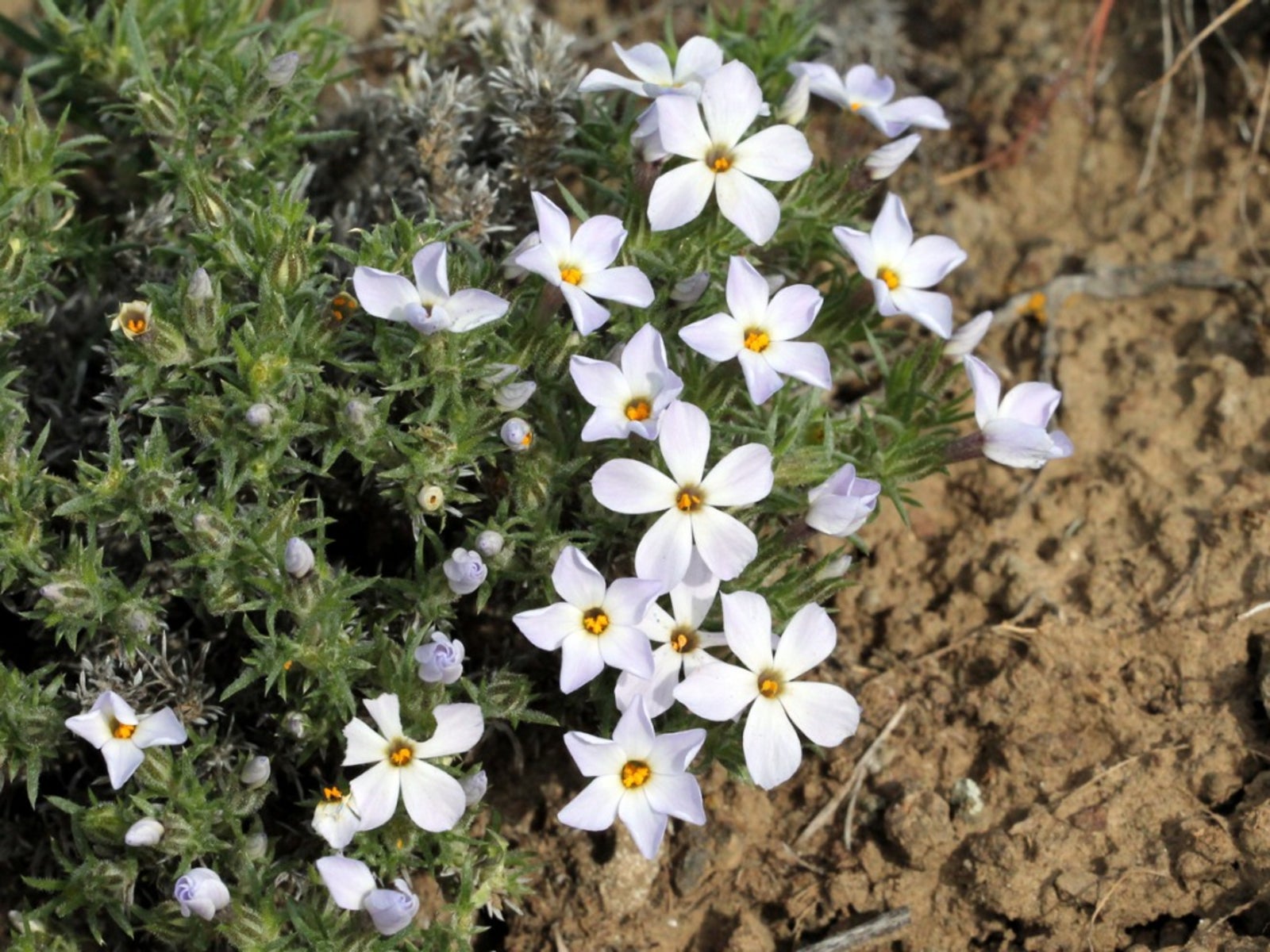 What Is Hood’s Phlox - Hood’s Phlox Info
What Is Hood’s Phlox - Hood’s Phlox InfoBy Mary Ellen Ellis
-
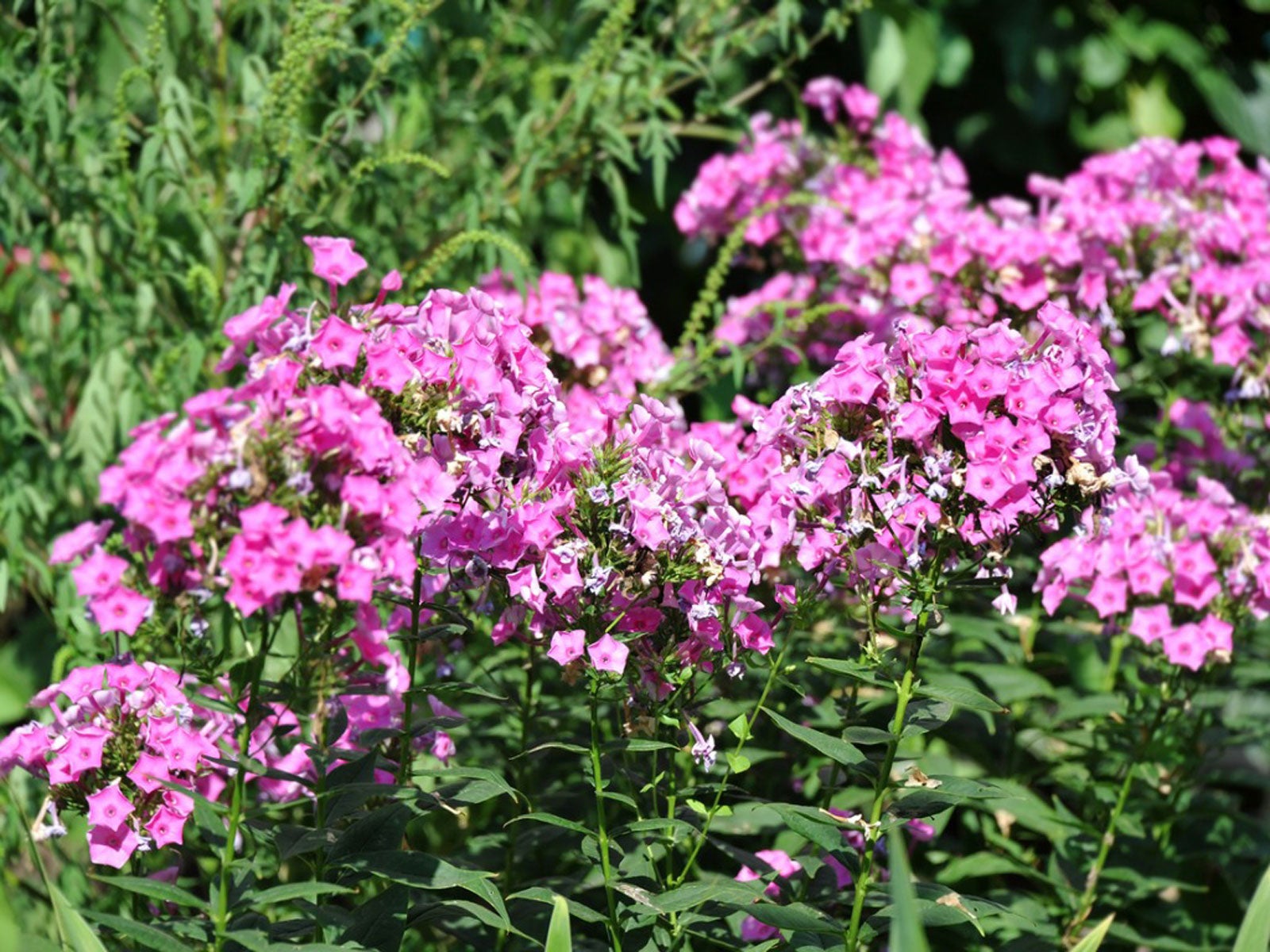 Does Phlox Need Deadheading: Learn About Deadheading Phlox Plants
Does Phlox Need Deadheading: Learn About Deadheading Phlox PlantsDoes phlox need deadheading? That depends on who you ask. Every gardener has their own opinion. Click here to learn more.
By Bonnie L. Grant
-
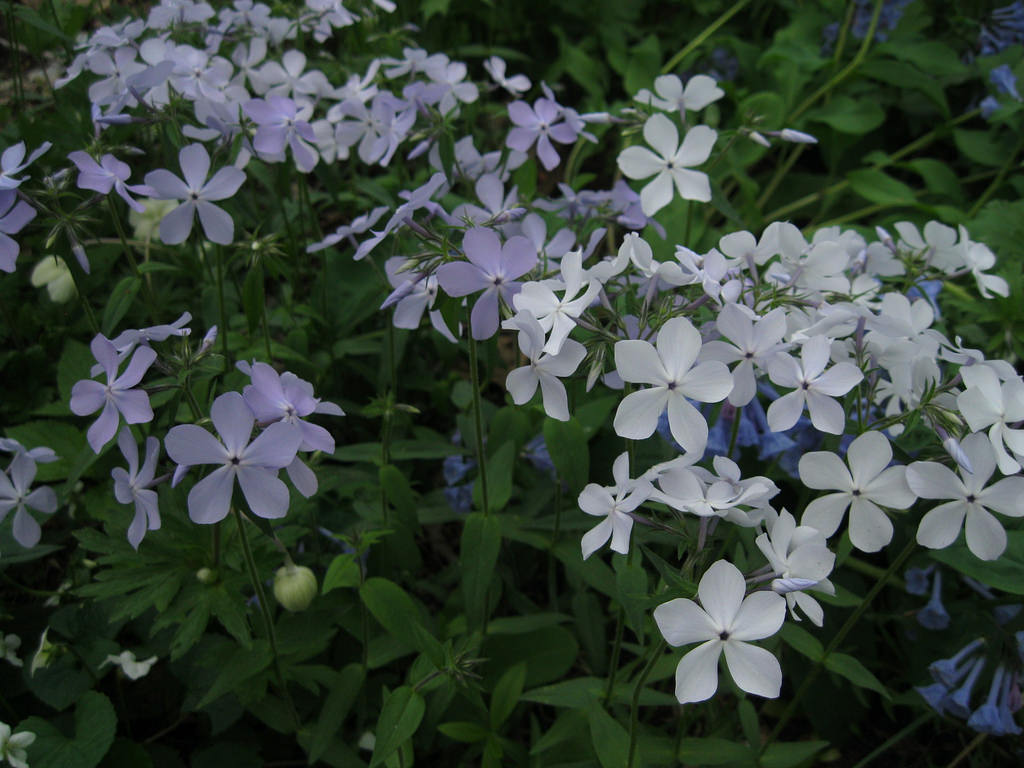 Caring For Woodland Phlox Flowers: How To Grow Woodland Phlox Plants
Caring For Woodland Phlox Flowers: How To Grow Woodland Phlox PlantsIf you would like to bring blue woodland phlox flowers into your garden, you’ll want to know how to grow woodland phlox. For information about woodland phlox flowers, and tips on how to grow them, the following article will help.
By Teo Spengler
-
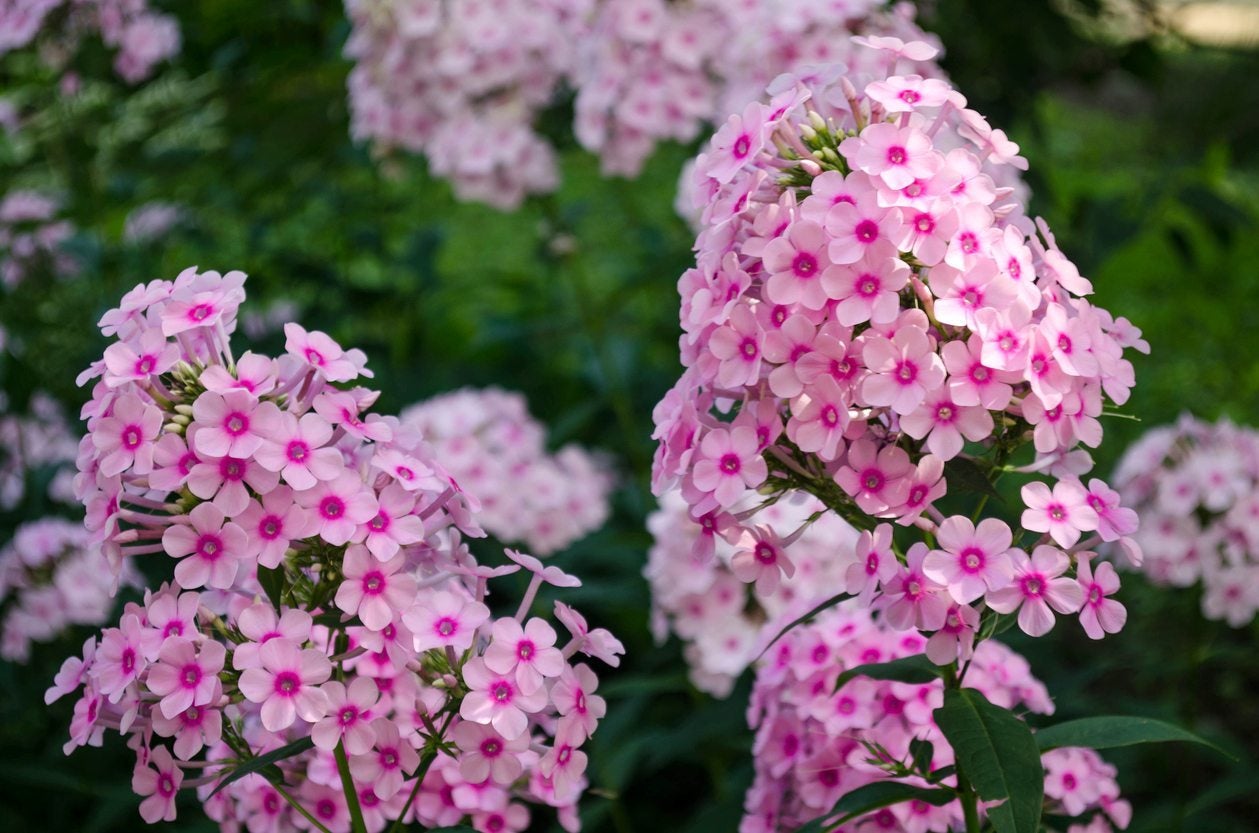 Dividing Phlox Plants – Learn How To Divide Phlox In The Garden
Dividing Phlox Plants – Learn How To Divide Phlox In The GardenGarden phlox has long been a favorite garden plant. However, if after a few years your phlox plants fail to bloom as magnificently as they once did, this may be a sign that they need to be divided. Click this article to learn how to divide phlox plants.
By Darcy Larum
-
 Garden Phlox Plants: Tips For Growing And Care Of Garden Phlox
Garden Phlox Plants: Tips For Growing And Care Of Garden PhloxTall and beautiful, perennial hardy garden phlox is an ideal plant for sunny borders. Grow them to light up your garden or for cut flower arrangements.
By Jackie Carroll